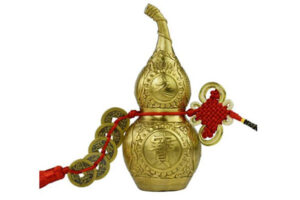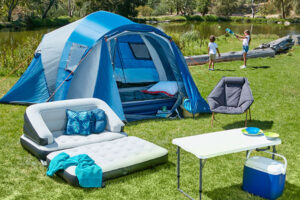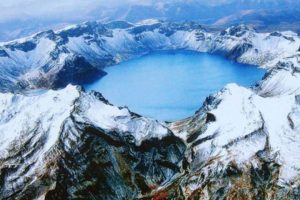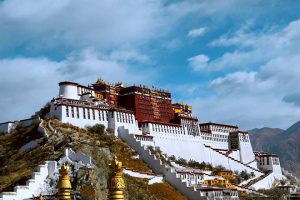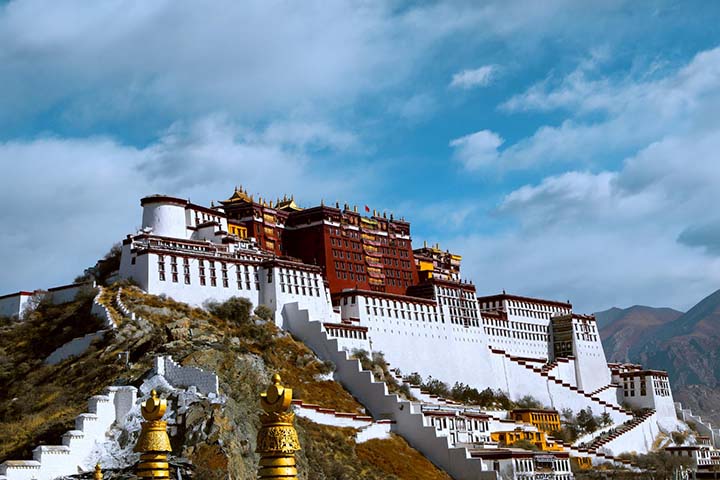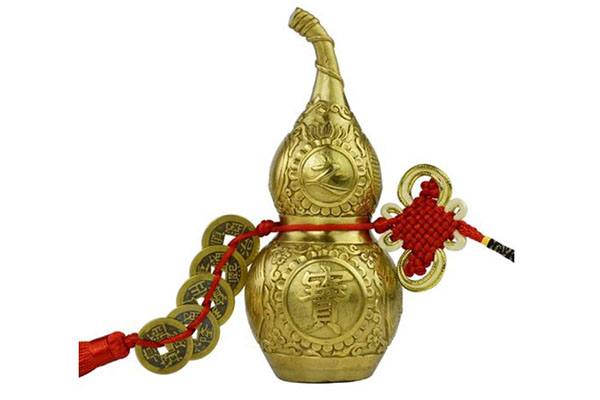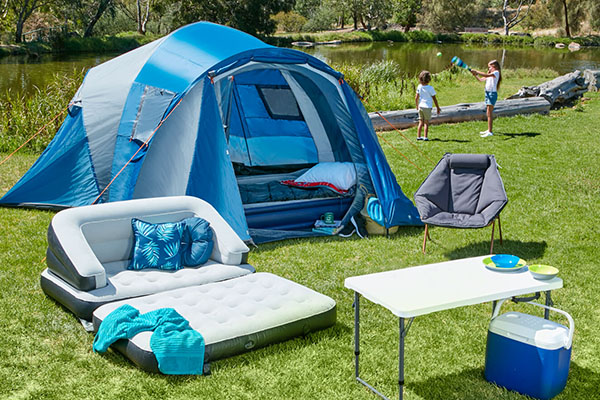Tibet, the roof of the world, is a land of mystery and beauty that attracts thousands of travelers from all over the world every year. From the majestic peaks of the Himalayas to the rich cultural heritage, there is something for everyone in Tibet. However, with its unique geography and climate, deciding when to visit can be a bit tricky. In this post, we’ll take a look at the best time to travel to Tibet based on weather, cultural festivals, tourist crowds, and altitude.
Weather and Climate
Tibet has a unique climate, with long, cold winters and short, mild summers. The best time to visit Tibet weather-wise is during the summer months of June to September. This is when the temperature is mild and comfortable, and the skies are generally clear, making it the perfect time for trekking and other outdoor activities. However, it is important to note that the monsoon season starts in late June and lasts until August. While the rain is not as heavy as in other parts of Asia, it can still make trekking difficult and cause landslides in some areas.
Cultural Festivals and Events
Tibet is also famous for its rich cultural heritage, and there are many festivals and events that take place throughout the year. Some of the most important festivals include:
- The Shoton Festival, which takes place in August and celebrates Tibetan opera and yogurt.
- The Monlam Great Prayer Festival, which takes place in January and is one of the most important religious festivals in Tibet.
- The Saga Dawa Festival, which takes place in May/June and commemorates the life of the Buddha.
If you’re planning your trip around a specific festival, it’s important to keep in mind that the dates can change each year based on the Tibetan lunar calendar.
Tourist Crowds
Tibet is a popular travel destination, and as such, it can get quite crowded during peak season. The peak tourist season in Tibet is from May to October, with the busiest months being June, July, and August. If you’re looking to avoid the crowds, the best time to visit is during the shoulder seasons of April and November. During these months, the weather is still relatively mild, and there are fewer tourists.
Altitude and Acclimatization
One of the biggest challenges of traveling to Tibet is the altitude. The majority of the region is over 3,000 meters (9,842 feet) above sea level, and some parts reach as high as 6,000 meters (19,685 feet). Altitude sickness can be a serious issue, and it’s important to take the necessary precautions.
The best way to avoid altitude sickness is to take your time and allow your body to acclimatize. This means spending a few days in Lhasa (at an altitude of 3,656 meters/11,995 feet) before heading to higher altitudes. It’s also important to drink plenty of water, avoid alcohol, and get plenty of rest.
Conclusion
Tibet is a unique and beautiful destination, and there’s no one “best” time to visit. The best time to visit Tibet depends on your individual travel plans and preferences. If you’re looking to avoid the crowds and have a more peaceful experience, the shoulder seasons of April and November are the best time to visit. If you’re interested in trekking and other outdoor activities, the summer months of June to September are the best time to visit. If you’re planning your trip around a specific festival, be sure to check the dates and plan accordingly. And remember, whatever time of year you choose to visit, it’s important to take the altitude and acclimatization into consideration to ensure a safe and enjoyable trip.
In conclusion, while there is no single best time to visit Tibet, taking into account the weather, cultural events, tourist crowds and altitude, can help you make the most of your trip. Whether you’re an outdoor enthusiast looking to explore the majestic peaks of the Himalayas or a culture lover interested in immersing yourself in Tibetan culture, there’s something for everyone in Tibet. With a bit of planning and preparation, your trip to Tibet is sure to be an unforgettable experience.

